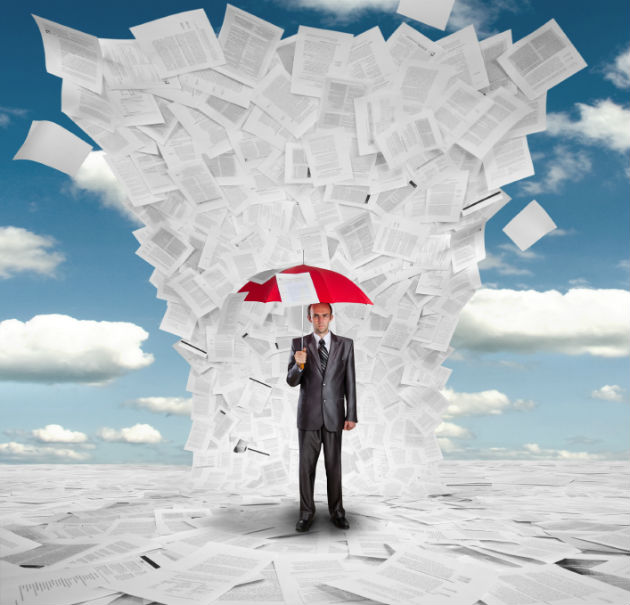How many trees have you killed today?
If you try to live a sustainable, low-impact lifestyle, you probably said, “None!” Yet, the average American uses approximately one 100-foot-tall Douglas fir tree in paper and wood products per year, according to the
EPA.
Although more than 30% of the fiber used to make new paper products comes from recycled sources, newly cut trees still account for 55% of the global paper supply.
Paper is one of the easiest materials to recycle, and almost every curbside and drop-off collection program accepts multiple paper grades. However, the best way to reduce the number of trees that are felled to create paper products is to reduce the amount of paper you use in the first place.
- Go digital: We live in the age of computers, so why are you still printing those driving directions or creating a hard copy of that memo? If you just have a quick message for someone in your office, why not leave a voicemail? If you need to make sure your whole team is up to speed on the report you’re presenting on Monday, why not create a PDF and email it?
- Refuse the receipt: Every day, we’re offered receipts as a way to prove that we’ve made a purchase, but how many times have you really needed to? Most of the time they get wadded up in our purses and pockets, only to be tossed in the trash or recycling bin. According to AllEtronic, “600,000 tons of thermal receipt paper is used by stores each year. It takes 15 trees, 19,000 gallons of water and 390 gallons of oil to make a ton of paper.” It’s easier and less wasteful to keep track of your finances online anyway.
- Double up: If you need to occasionally print formal documents, contracts or receipts, take advantage of the superior printer technology that’s available these days, and set them to always be double-sided. Better yet, redesign these documents, and reduce the font size and margins so you can get twice as much from each sheet.
- Choose to reuse: Can’t wake up without your double mocha latte every morning? You won’t be able to sleep once you realize that Americans consumed an estimated 23 billion paper coffee cups in 2010, and most of them are manufactured using 100% bleached virgin paperboard. That means trees (see graph below). Bring your own travel mug or other reusable container so that you can enjoy your java in peace.
- Opt out: Almost every bank and credit card company these days offers an electronic option for receiving statements and paying bills. Instead of waiting for that bulky envelope to come every month, tell your financial institution you’re opting for electronic communication only.
Have other tips for reducing paper waste? Share them in the comments section!
